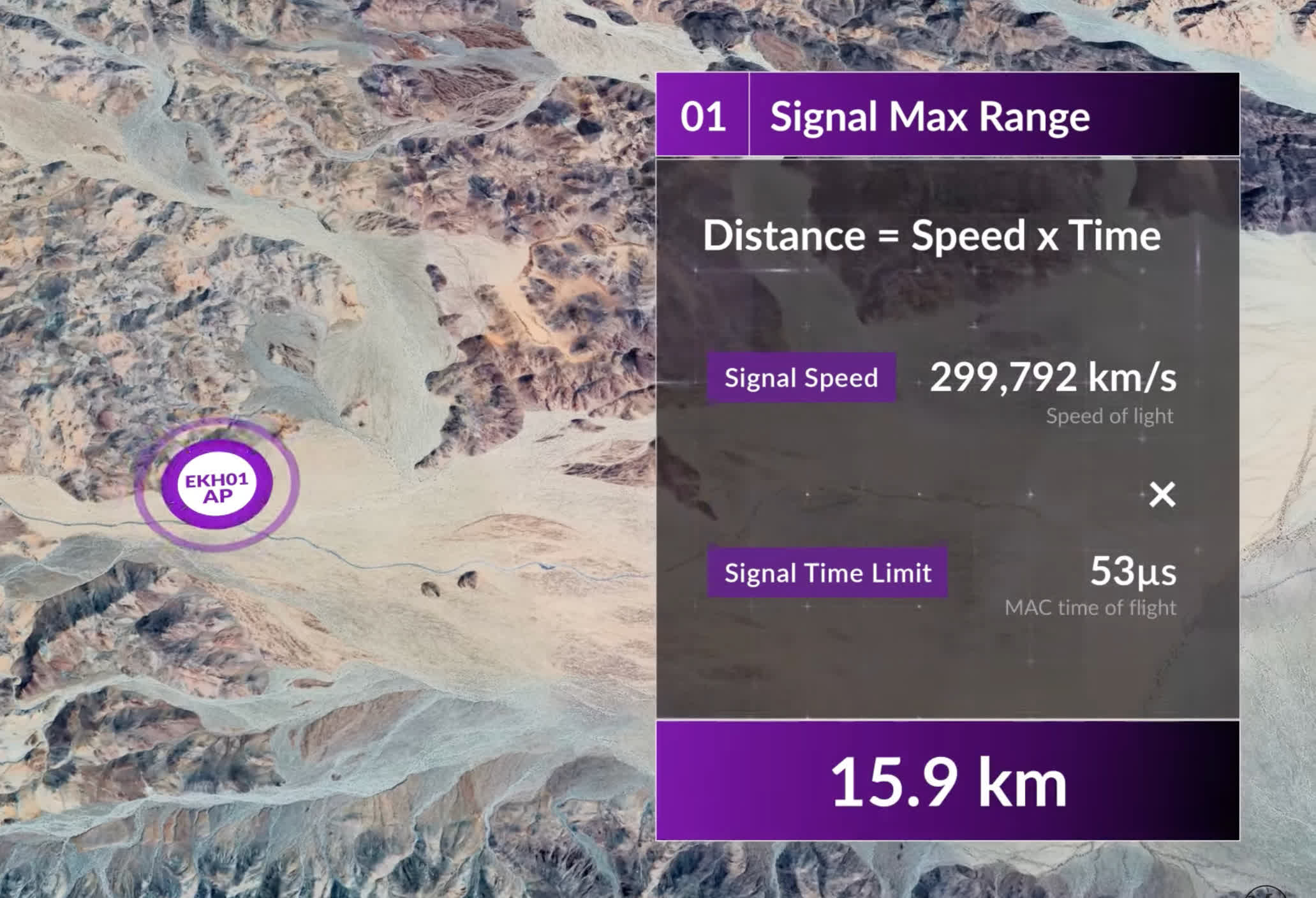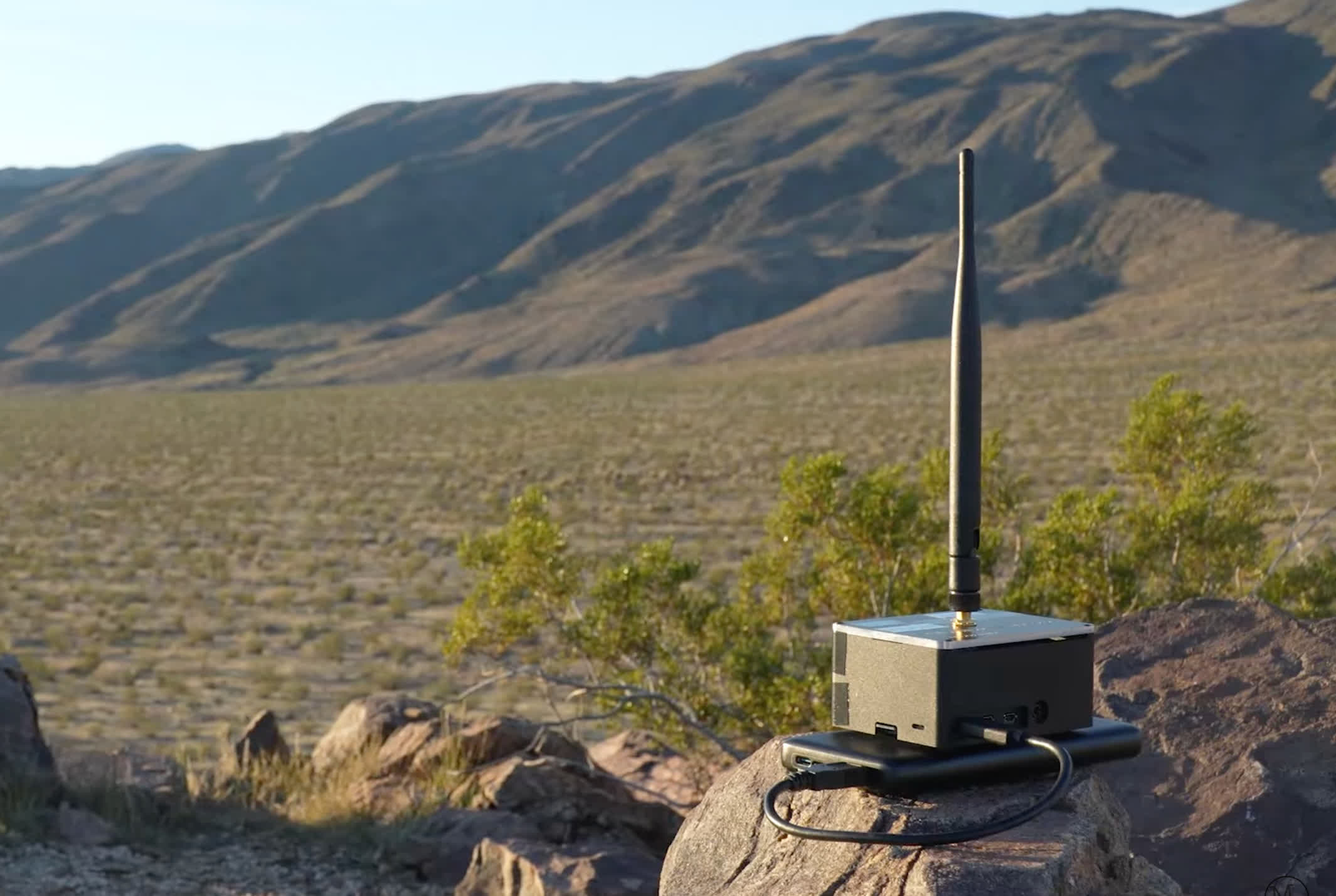Distance: Morse Micro, a Sydney-based developer of Wi-Fi HaLow microprocessors, has shattered the previous long-distance Wi-Fi record. In January, the company achieved a 1.8-mile video call using the HaLow (802.11ah) Wi-Fi standard in San Francisco. Their latest test in Joshua Tree National Park has far surpassed this, achieving an astonishing 9.9-mile connection.
The team set up one of their evaluation kits as an access point at the edge of a quiet valley – an ideal low-interference environment for pushing Wi-Fi range to its limits.
According to their calculations, the theoretical maximum range for the HaLow system was around 15.9 kilometers (9.9 miles). At this extreme distance, with the signal degraded by over 116 decibels, they projected the throughput would be approximately 4 Mbps.
Next, they positioned the station receiver near the theoretical maximum range at the other end of the valley. Once approximately 10 miles away, they successfully established a connection between the access point and the station, enabling data transmission.

The results were impressive. Despite the 9.9-mile distance, the HaLow connection achieved around 2 Mbps throughput. While this was below the projected 4 Mbps maximum, it far surpasses traditional Wi-Fi range expectations.
The company said such connections would be ideal for peer-to-peer applications like body cameras and walkie-talkies for activities such as skiing, hiking, cycling, or dune buggying. Farming and mining operations could also benefit from such a setup.
The key factor enabling HaLow's impressive performance is that 802.11ah operates in the 900 MHz band, which offers superior propagation and obstacle penetration (though at the cost of speed) compared to the 2.4 GHz and 5 GHz bands used by most traditional Wi-Fi standards today. Another significant factor is Morse Micro's $125 EVK1 evaluation kit, which operates at 21 dBm power.
While the San Francisco test demonstrated that HaLow could overcome interference typical of urban environments, the Joshua Tree trial showcased its absolute limits. The 9.9-mile world record is unlikely to be surpassed anytime soon.
This is because the arid environment of Joshua Tree National Park was ideal for the test. It provided extremely low interference and a clear line of sight between the Wi-Fi access point and receiver station, leaving little room for further optimization.
